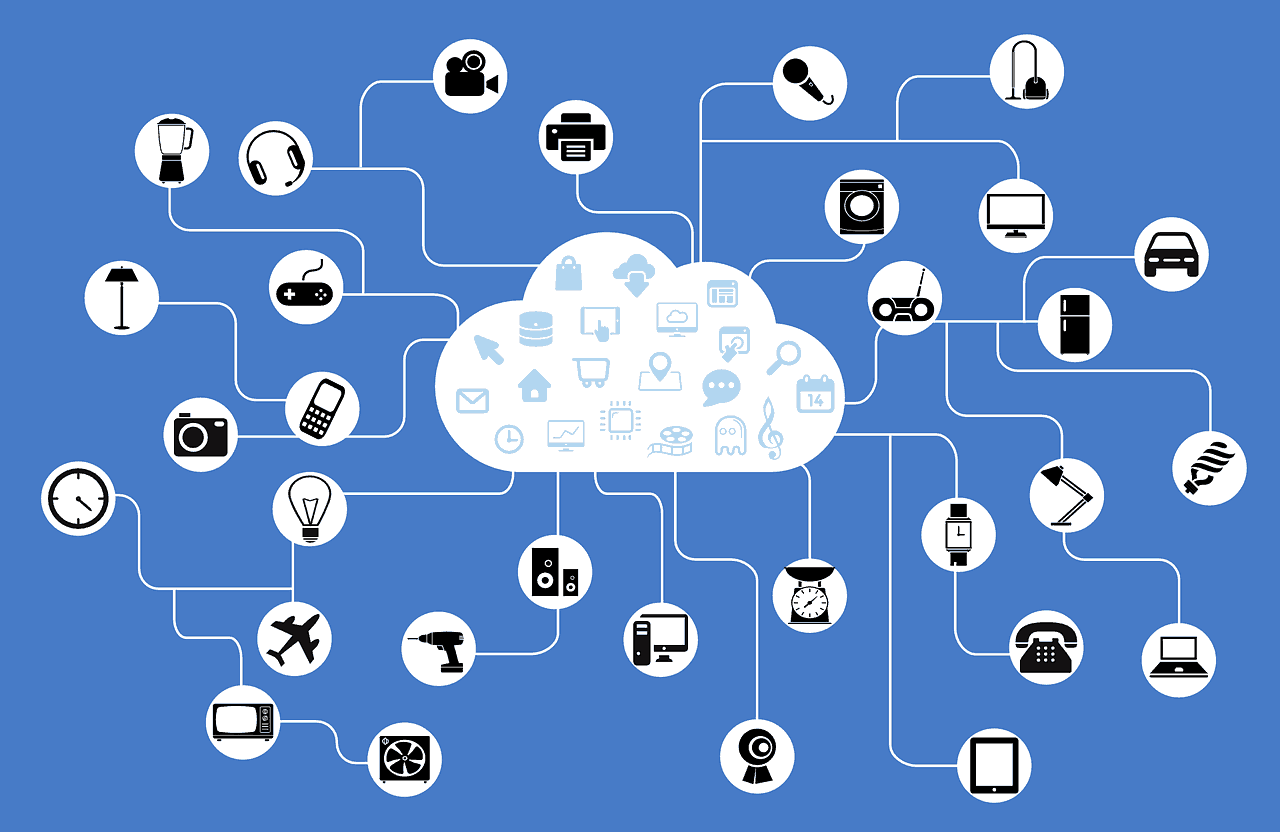Stupidly fast fibre is almost here, but there is a catch…
Chorus, Enable and UltraFast Fibre have all announced plans to soon release the next generation of UFB services with 10Gbps access and speed options of 2Gbps, 4Gbps, and 8Gbps to be offered. The services are either called Hyperfibre (Chorus’ name) or XGS PON (a more industry-standard term).
So the speeds are fantastic, and while I could get into a discussion about what business use cases exist to justify the purchase of such products over the existing Max/500 service, I will skip that (for now) and focus on one big problem businesses will face in using these services…
Routers. Well, routers and firewalls.
Each of the carriers releasing this product are doing so with a design that sees the service presented as a 10Gbps copper port. Not many routers offer 10Gbps copper interfaces, and those that do are very expensive. More than that, the speeds that these services will provide just can’t be handled by many of the routers in common use today.
Standard throughput, just passing traffic on as is, is a big enough ask at speeds of 2Gbps to 8Gbps, but running a VPN or packet inspection at those speeds puts you in a high price bracket when shopping for a router/firewall.
In our current trial with UFF’s 8Gbps service, we have attained speeds of 7Gbps symmetrically using a FortiGate 100F router with a copper transceiver and we feel that although this router costs around $3,000 ex GST wholesale, it provides the throughput and functionality our customers need.
Alternative options
The market will eventually catch up and find a viable SME option for routers that provides VLAN tagging and NAT (address translation), but for now, if business are looking to take on these fast and relatively low-cost hyperfibre services, there are a couple of potential gotchas to think about:
- Router/firewall. See above.
- WiFi. Are your office devices connected via WiFi? If so, what is the max speed that can run at? 802.11ac (Wifi 5) is the standard and runs at a max of 1.7Gbps. And there is a new standard 802.11ax (Wifi 6) in theory 4x faster, but it’s just started emerging and extremely few devices support it
- Cabling. Any Cat5 cabling will act as a choke point. Even Cat6 cable has a distance limit of 55 meters at 10G unless running the newer Cat6A cable (100m).
- Switching. Any 1Gbps (or 100Mbps, yuck) ports will also restrict speeds.
- Network interface. Wanting more than 1G to your desktop or server likely means you will be upgrading these as well. It’s much harder again to get 10G interfaces on a laptop, but possible if you are determined.
- CPU and Disk resource. One upon a time computers couldn’t make use of 1G speeds due to being too slow. New technologies emerged such as SSD and faster PC’s, but to make full use of 10G you will need well-spec’d machines and SSD arrays to make use of the upper speeds of the XGPON product set.
In summary
A business wanting to bring insane speeds to the end-users will likely be needing to do costly upgrades to their router, switching, cabling and the desktops themselves. These hidden costs may stop a number of businesses from taking up the offer of the exciting speeds of hyperfibre.
Worth noting that a big driver for the release of these products is to offset demand for PONFAS.
Exciting times and huge opportunities for innovation off the back of these speeds, but also plenty to think through before making the leap.
Lightwire will be releasing pricing for the next generation of UFB services in February. (assuming Commerce Commission has no issues with the product’s release).


